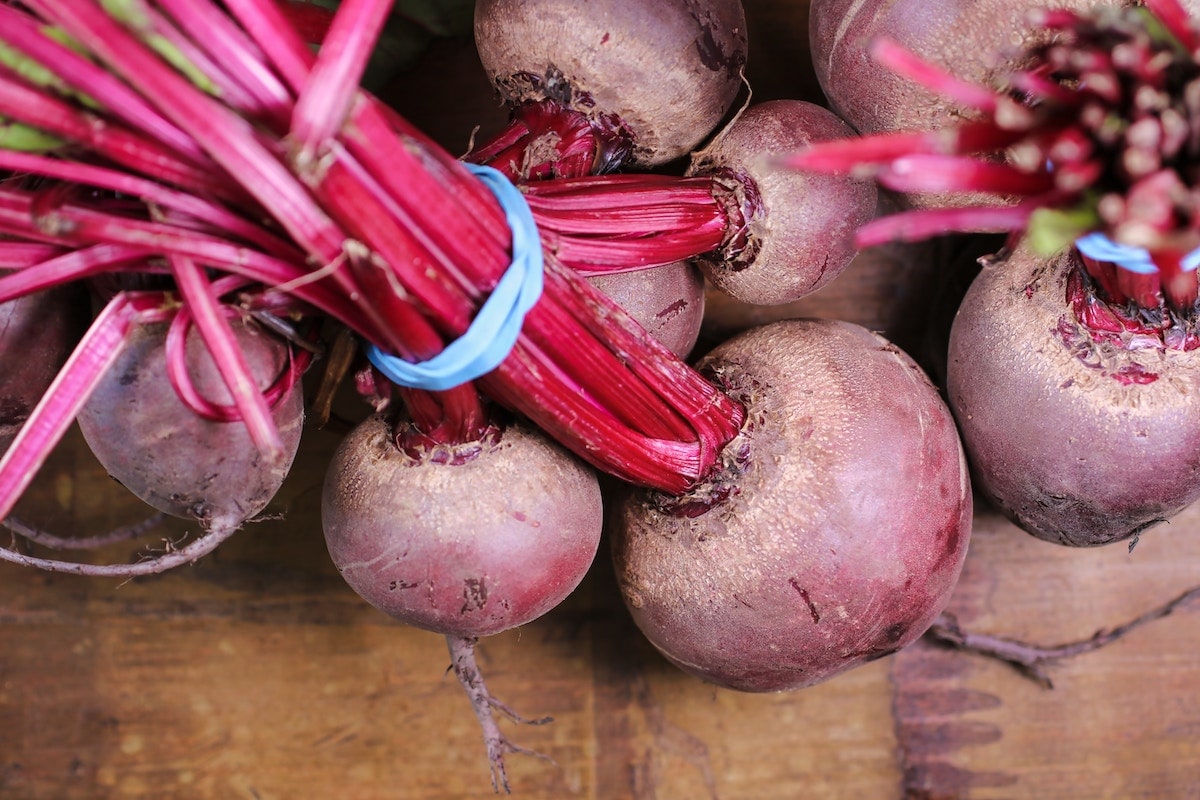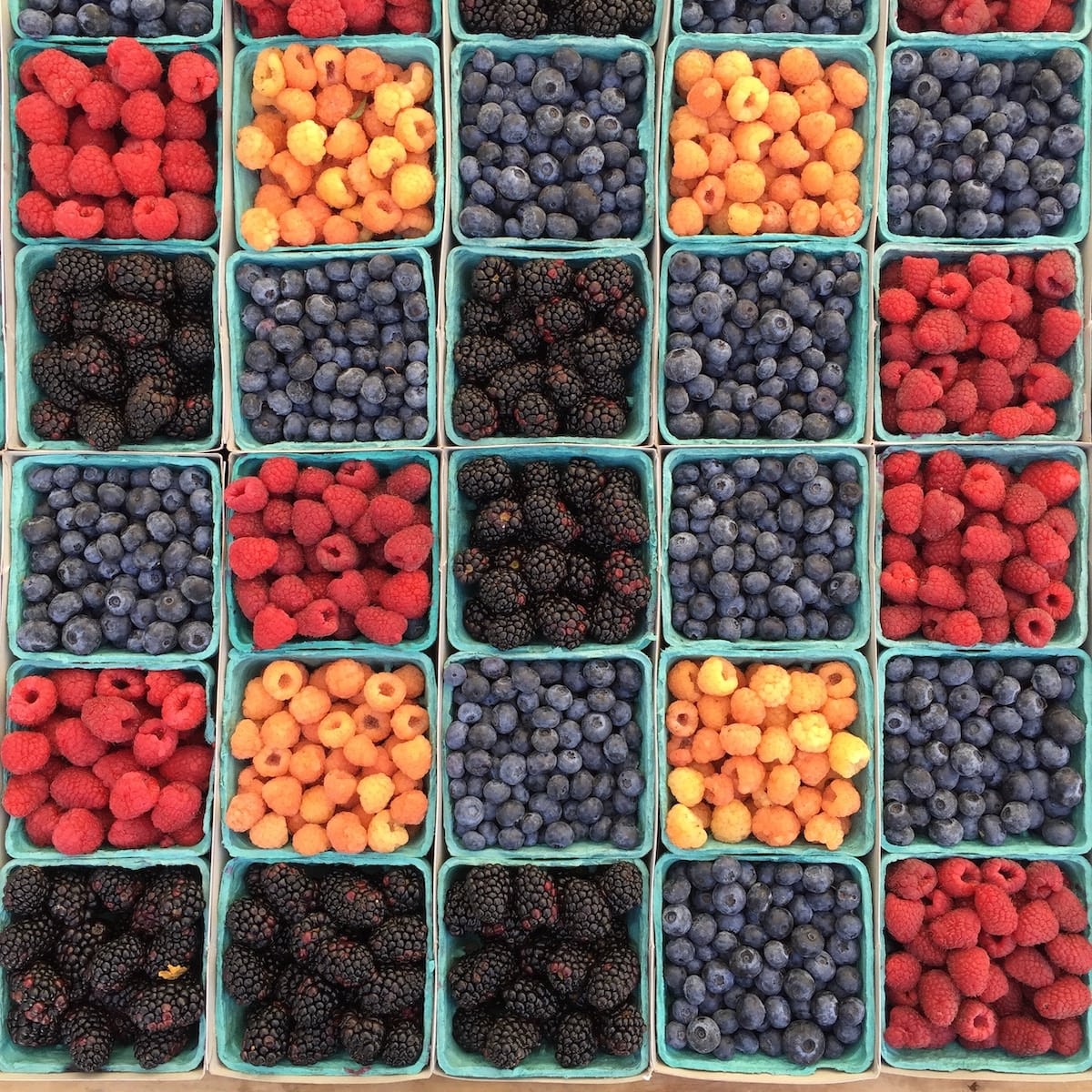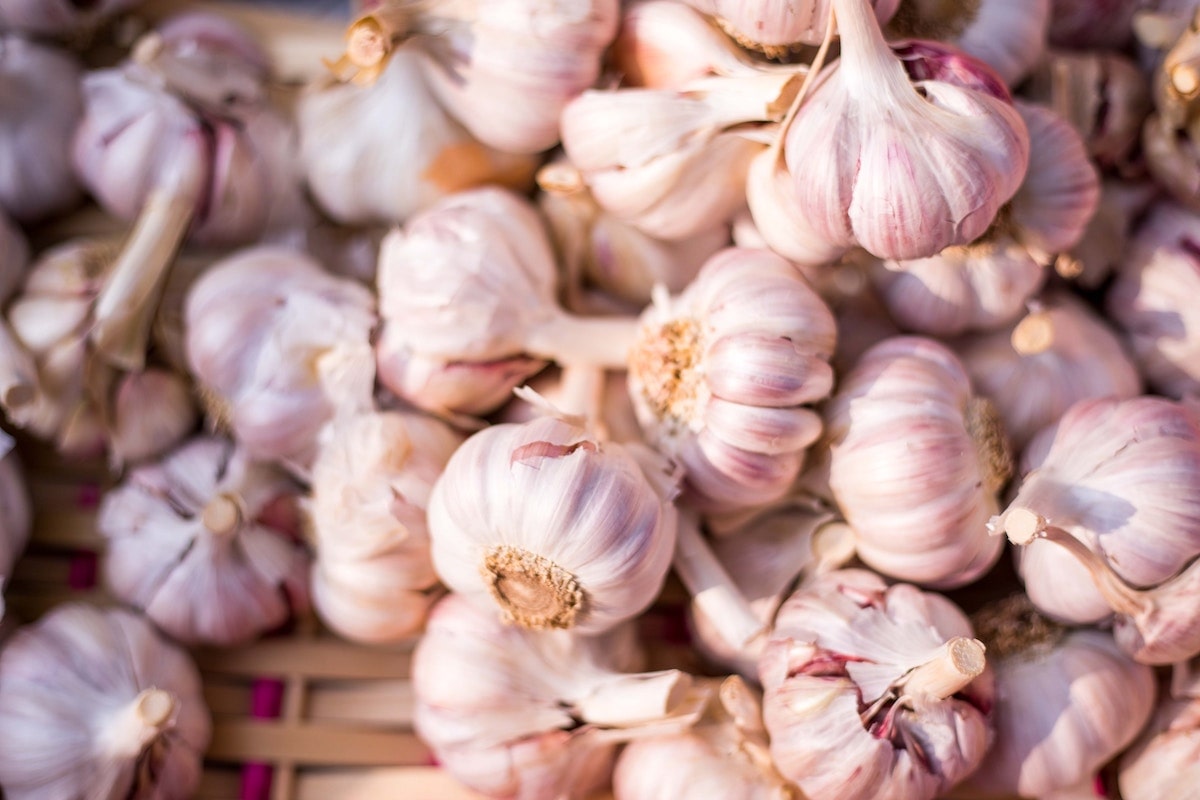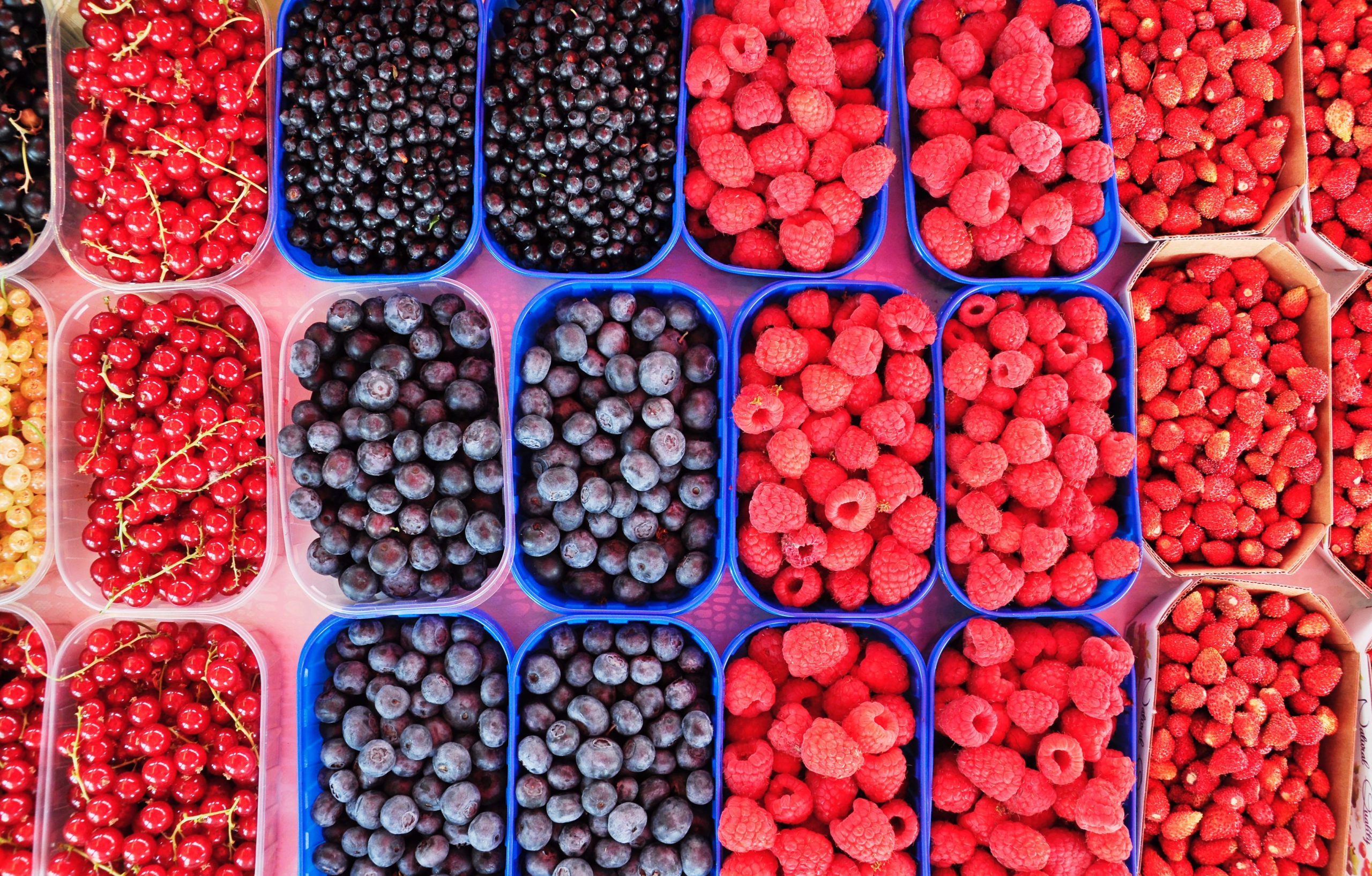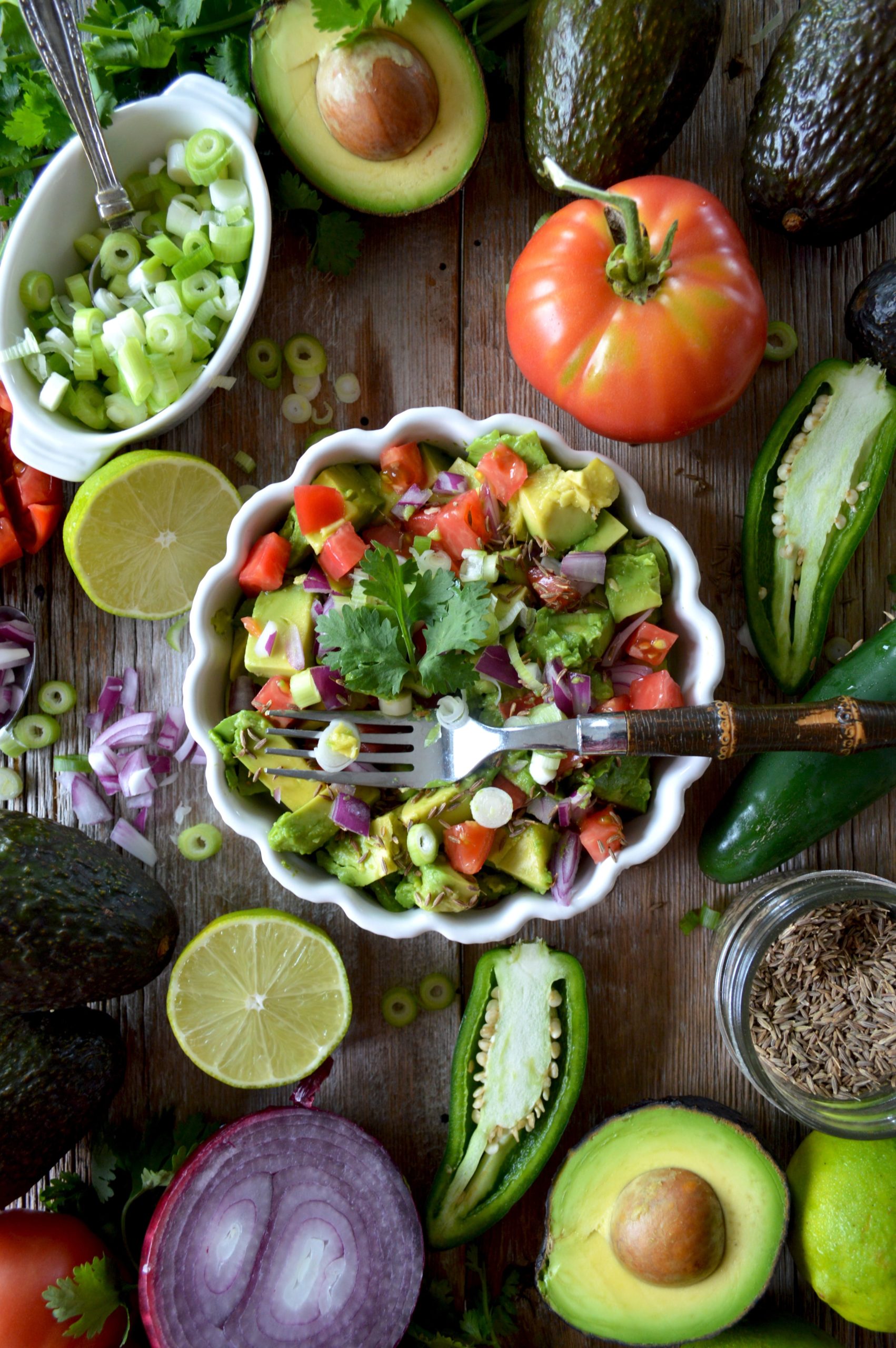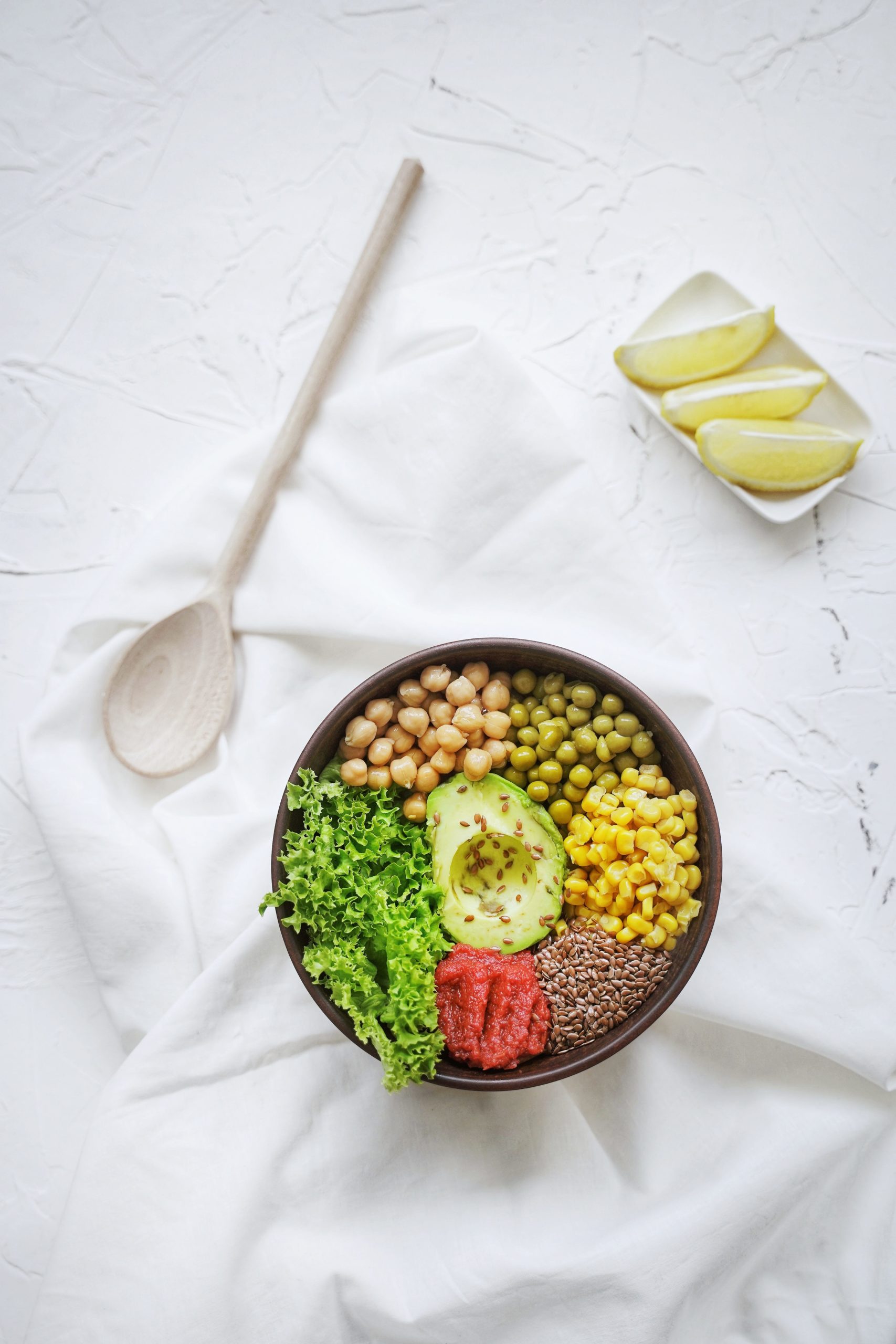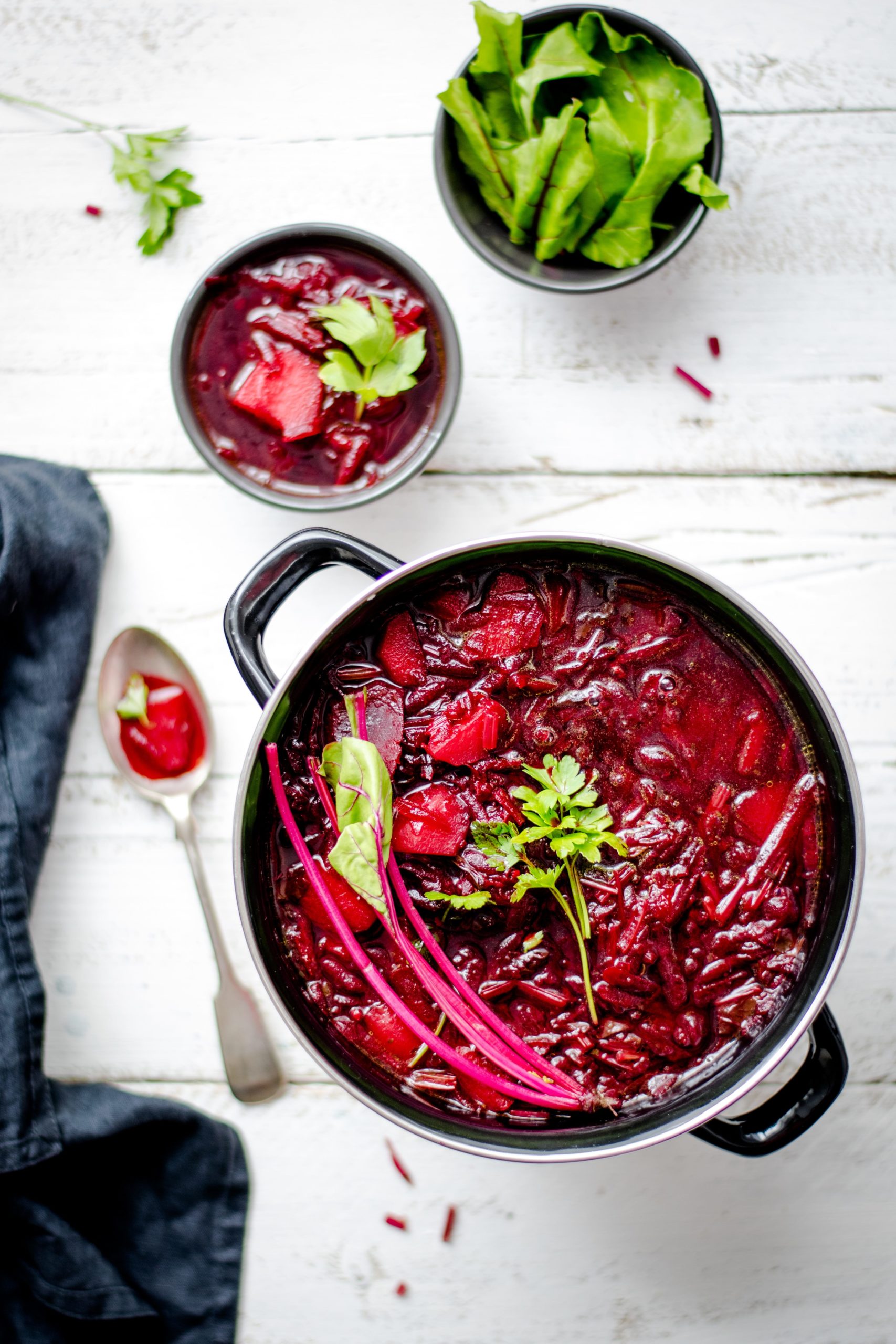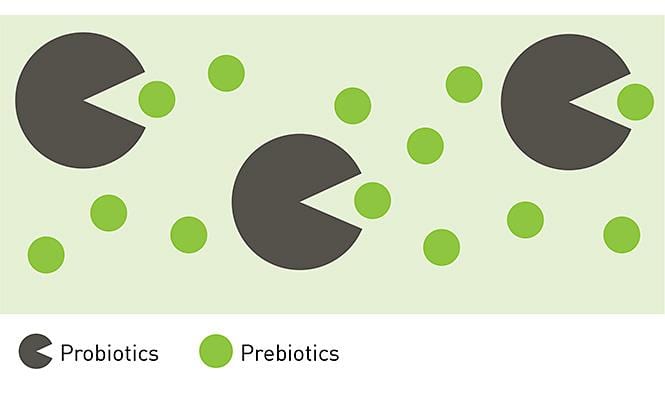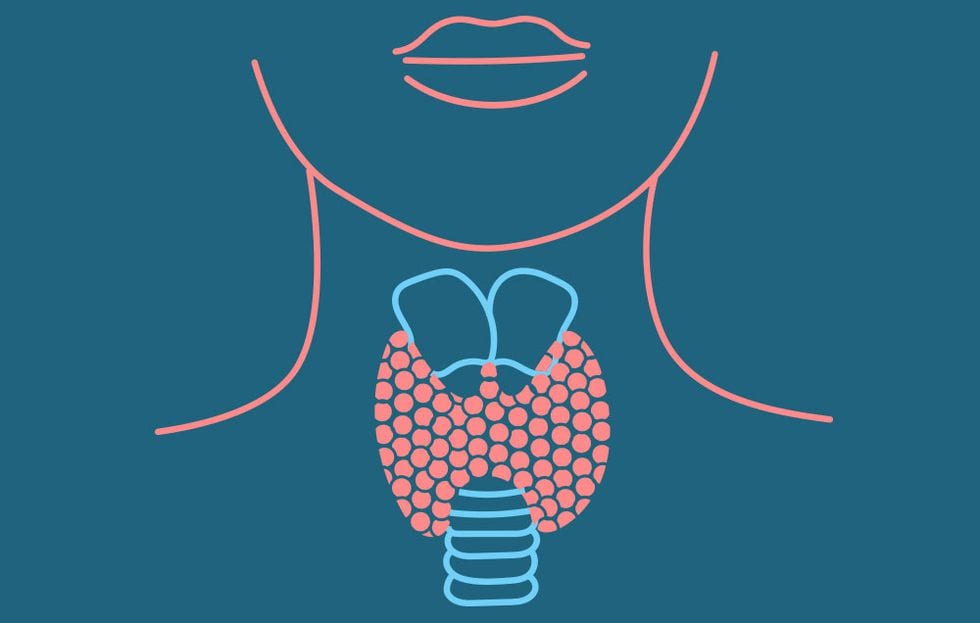Are you ready for a liver cleanse?
Your liver is responsible for filtering, processing and breaking down the foods and substances that pass through it.
This means that whatever goes into your body will – at some point – go through your liver. This could be anything from healthy nutrients found in fruits and vegetables to harmful toxins like alcohol, chemicals and highly processed foods.
Which is why, when preparing for a liver cleanse, it’s important to know which foods will help your liver function at its full capacity and aid in its natural detox.
1. Beetroot
By helping the liver to cleanse and filter out toxins from the blood, beetroot increases oxygen in the body and helps it to excrete waste at a faster rate.
Our Daily Detox blend combines the beneficial properties of beetroot powder and nine other plant-based foods to help provide natural liver support and supplement your liver cleanse journey.
2. Walnuts
Walnuts are great for the brain AND the liver. Loaded with omega-3 fatty acids and the amino acid arginine, they help the liver to detoxify ammonia.
Because they help to increase circulation and blood flow, walnuts speed up the process of delivering toxins from various parts of the body to the liver.
This efficient practice speeds up the overall elimination process of toxins from the body.
3. Leafy Greens/Cruciferous Vegetables
Vegetables are powerful plant-based foods with an endless number of health benefits. It is no surprise then, that leafy greens and cruciferous vegetables have made it to the list.
Leafy greens like spinach and mustard greens can soak up environmental toxins from the bloodstream. They help to neutralise metals and other toxins which, in turn, offers the liver some respite from its daily workload.
Cruciferous vegetables like broccoli and cauliflower contain high levels of fibre and glutathione, an antioxidant that activates the liver’s toxic cleansing enzymes.
4. Citrus
Citrus fruit like lemons, limes, oranges and grapefruit contain vitamin C as well as the antioxidant glutathione, which means that eating citrus helps to naturally flush toxins out of the body.
The vitamins and antioxidants in citrus have also been known to help reduce inflammation and fat buildup in the liver, substantially helping its natural detox process.
5. Garlic
Sulphur is a key component of garlic that increases glutathione levels in the body and triggers liver enzymes to fight off and flush out toxic waste.
It also contains selenium, a micronutrient that works to cleanse the liver by increasing toxin-fighting enzyme levels in the organ.
6. Avocado
Packed with good fats, avocados are another food containing the powerful antioxidant glutathione.
This delicious fruit assists the liver with detoxifying waste and heavy metals. And it’s a great addition to any salad, sandwich or green smoothie!
7. Turmeric
An ancient spice with countless beneficial properties, turmeric has been used as a medicinal food for thousands of years.
Our Turmeric Blend is blended with 13 plant-based foods that work as a natural anti-inflammatory, simultaneously helping the liver to repair its cells and rid itself of toxins.
Turmeric also aids the liver in producing bile, a fluid that helps with digestion and the breaking down of fats.
8. Apples
Apples are packed with pectin, a type of soluble fibre that promotes regular bowel movements and subsequently helps to remove toxins from the body.
Apples can also help to protect against fatty liver because of the anti-inflammatory properties that the fruit contains.
A liver cleanse is easy with the right foods
Your liver helps to remove harmful substances from your body and bloodstream. As you can imagine, it is much easier for this powerful organ to do its job when given the right tools.
To rid your liver (and your body) of toxins, start by increasing your daily intake of these 8 superfoods.
You can also help your liver by introducing our Daily Detox beetroot powder to your morning or evening routine.

